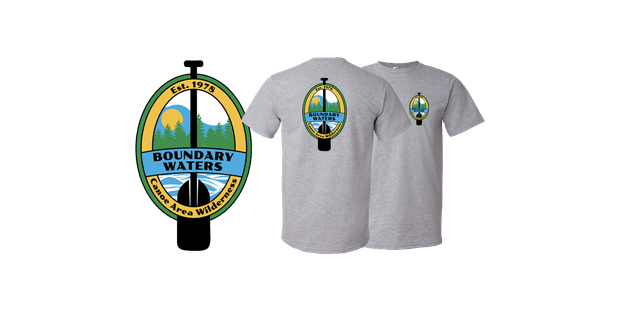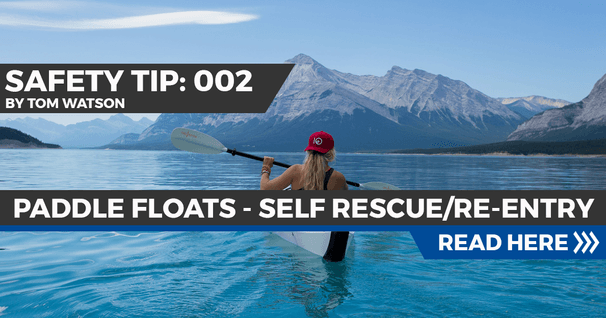How to Get Into and Out of a Canoe Smoothly and Safely
Canoes are surprisingly stable once you're settled into them, but getting in and out is a different story because your center of gravity is much higher. And so, in this video, we're gonna look at the best ways to get into and out of your canoe to avoid capsizing.
Janet: Whether you're paddling alone or with someone, there are two basic methods to entering a canoe. Which one you choose will depend on if you're entering from a shallow shoreline or a deep shoreline.
Ken: First of all, if you're launching from a beach or other shallow shoreline, you'll wanna position your canoe perpendicular to the shore. The person who will be sitting in the near position will now stabilize the canoe while the other person steps in and walks the length of the canoe to their position. When doing this, stay low and slide your hands along the gunnels for support as you move one step at a time with your feet placed over the center line of the canoe. When the first person is settled into their position and ready, the other can then step into the canoe while staying as low as possible.
To get out of a canoe on a similar shoreline, you'll approach the shore straight on and follow these same steps in reverse, with the bow paddler stepping out of the canoe first to stabilize the boat as the stern paddler keeps their weight low and walks down the length of the canoe to get out.
The second technique for getting into and out of a canoe is used from a dock or a deep shoreline. In this case, you will position the canoe parallel to the dock or shore. As before, one person stabilizes the canoe while the other person gets in first. The trick when getting in from the side is keeping low and reaching across the canoe so that you have a hand on either gunnel as you step into the center of the canoe one foot at a time. If the dock is particularly high off the water, you might need to start from a sitting position on the dock. To get out, you'll do the exact same thing in reverse.
Janet: The last thing worth mentioning is, both these techniques will be more difficult if you have wind and waves to contend with. It may be worthwhile to travel a little farther to find a more sheltered location.
Ken: Well, I hope you found this video helpful. And if you enjoyed it, please subscribe to our Paddle TV YouTube channel for more tips and tricks.
~Get the BWCAW Tee~
With over 1,090,000 acres of wilderness area, the BWCAW is a paddler's paradise.
Related Articles
Waterfalls. Rapids. Waves. Surfing. Watch the best whitewater videos of the past year.
The options available to add running lights to a kayak involve several factors including what type…
A paddle float aid is a critical self-rescue/re-entry tool for the lone kayaker. When used as an…
Being on the water, exposed to Mother Nature, means when things do go wrong, they can go very wrong,…




